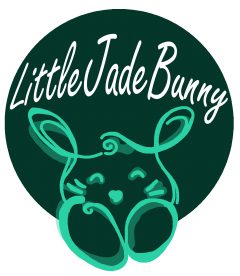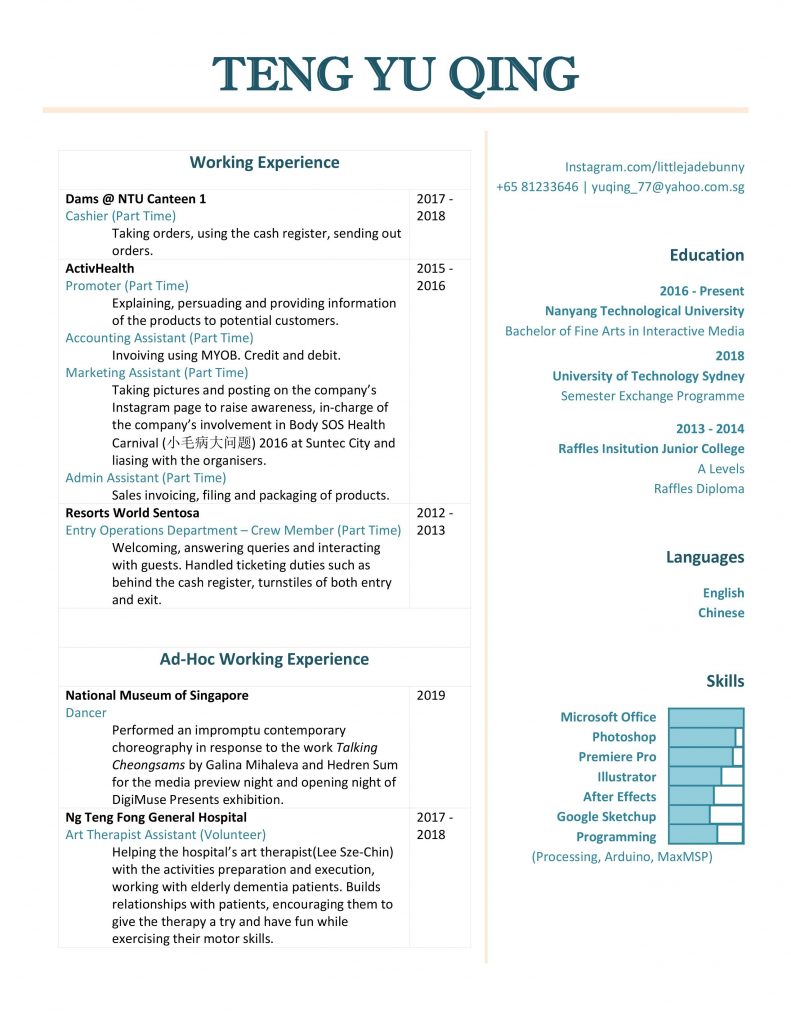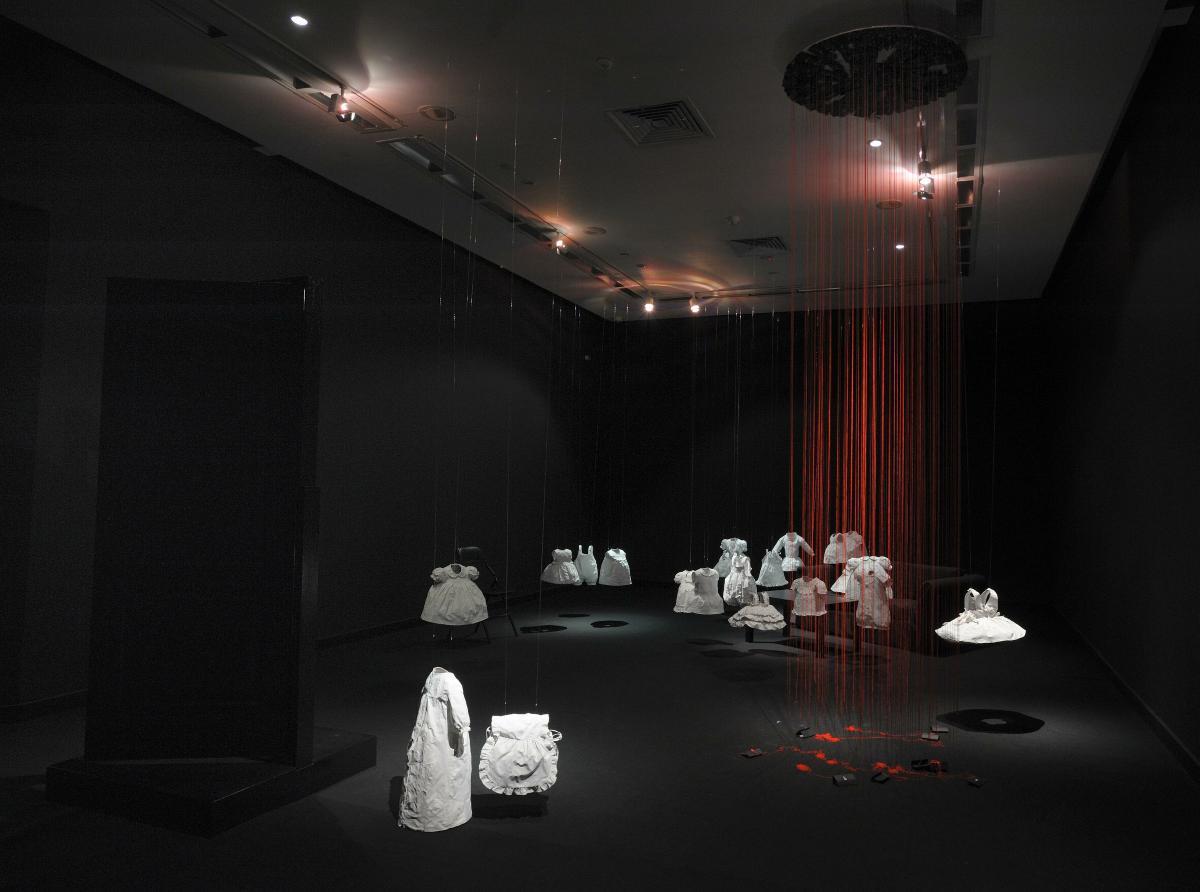Watching the documentary Brilliant Ideas: Michelangelo Pistoletto in the dome in the ADM library was a very helpful introduction to the life of Pistoletto, his influences and his progression of works and ideology. When the video was talking about his Mirror works and how they had evolved over time, it reminded me of how similar this moment was for many other artists – it was due to a coincidental experience that caused an unintentional effect that caught the attention of the artist and sparked off a new interest and obsession in their artmaking. It was also in this video where the movement Arte Povera was introduced to me. It was interesting how he shifted from his background in fine art, to produce modern art using “poor” materials such as rags he accumulated from cleaning his mirror paintings. The thing that struck me the most during this screening was some film shots of Pistoletto walking in the shape of Third Paradise, so much so that he seemed to have created a trench of about 30cm or so into the ground (of course I’m sure it was dug out first rather than walked to wear). Somehow, it evoked this feeling in me about his connection back to earth and nature we walk upon. It is quite poetic if you think of how in his Third Paradise ideal, the first paradise is nature and the second paradise is about humans (and how far we have advanced technology-wise). It is as if reconnecting physically these two entities and literally creating a Third Paradise.
“The artificial world has provided mankind with comforts, but also led to the deterioration of our natural environment,” said Mr Pistoletto. “The central circle in the symbol, the Third Paradise, represents a world in which there is an ideal balance between human activities and nature, something which is indispensable in order to ensure the survival of mankind.”
Pistoletto has exhibited Third Paradise in many other places prior to ADM and each time he has done so, he constructed it out of many materials according to the space and place it is exhibited in. When I first saw it on the ADM rooftop, I was quite puzzled by the new intrusion. It felt like a foreign entity invading a place I know so well and it honestly felt weird and uneasy. Looking at it, I couldn’t identify the plant, it’s not the usual ixora, spider lily or flame of the forest shrubbery we see so often in Singapore. I’ve never seen this plant before. Which felt contradictory to what Pistoletto has been doing – which is to take inspiration from the place/environment to construct the Third Paradise symbol. Upon research, I found out that they were actually a Red Sessile Joyweed plant, which is a local edible shrub with medicinal purposes. I see the connection to the place (Singapore) now, however, why this particular plant? It is not common sighting in Singapore as they are a horticulture only plant. Or was Pistoletto’s reason for choosing this plant having something to do with its herbal medicinal properties?
I attended the panel talk SCIENCE MEETS ART: HOW TO SHAPE THE FUTURE OF HUMANITY: Panel discussion between Maestro Michelangelo Pistoletto and Nobel Laureate Ben Feringa (moderated by Prof. Em. Helga Nowotny). Personally, I felt that the panel talk was quite disjointed. The scientist and an artist somehow didn’t quite see eye to eye (it’s okay to disagree but the discussion felt short) and the panel talk felt forced, like two polar ideologies fighting to coincide and be heard (that is of course an observation on a surface level). I could see a few overlaps in what both men staunchly believed in, and how each man’s conviction was embedded somewhere in the other. Yet, it could be attributed to time constraints, that the discussion wasn’t drawn out fully, where each speaker wasn’t given enough time to articulate their deep philosophies (for such topics are never really an hour or so discussions) and hence draw more nuanced parallels with each other. I could also tell that the mediator, Prof Nowotny was struggling to connect deep ideas from what was spoken by Pistoletto and the Feringa and draw them to comments made by the other. It is noticeable that she relied on her set of pre-prepared questions rather than engaging in the current discussion. Nonetheless, I learnt quite a few things from the panel talk. If given the opportunity again, would like to have asked if it was a consideration that the third paradise sign was symmetrical, since symmetry often represents balance. Also, if his vision he had so many years ago, about this paradise, about art championing social change has been achieved in his opinion. If yes, then is his Third Paradise symbol still valid today?
Other food for thought:
In class, Prof Kristy posted this question about how effective the icon has been. I felt that the class unanimously decided that as of now, the Third Paradise icon is not a universal icon unlike the peace sign, as many of us have never heard or seen it before Pistoletto came to ADM. Next, there was the question about what if this Third Paradise icon became more popular/universal. From there, what if the imagery of the Third Paradise becomes misused, would it matter since Pistoletto wanted the Third Paradise to be a universally recognised icon (and hence along with it, to propagate his ideals of society in the Third Paradise)? Clarita talked about it not mattering if the icon was misused since it would help increase awareness of the icon and consequently the idea/concept of it. Which I feel is true. However, as I subsequently brought up, many a times, when a symbol is misused, there might not always be a happy ending to it. If the symbol being misused is now associated with a totally opposite ideal, especially if its negative, and this misuse gains traction among people thus leading to people believing in this warped concept/meaning. It is sad and can potentially be dangerous. A parallel to this that I can think of is the misuse of the Swastika icon. The swastika is an ancient symbol that represented prosperity and had positive associations. It was widely embraced from the earliest civilisations (Indus Valley civilisation), a religious icon in Asia and even the West! It adorned American children’s school lunchboxes in 1920s, Coca-Cola bottle caps and Carlsberg bottle labels. An icon that was so loved around the world suddenly became one of the most hated symbols because of the Nazi misuse of it. Since WWII, many people now associate the swastika symbol with negative connotations rather than the positive ones it once did. The misuse of the symbol would now matter a lot.


